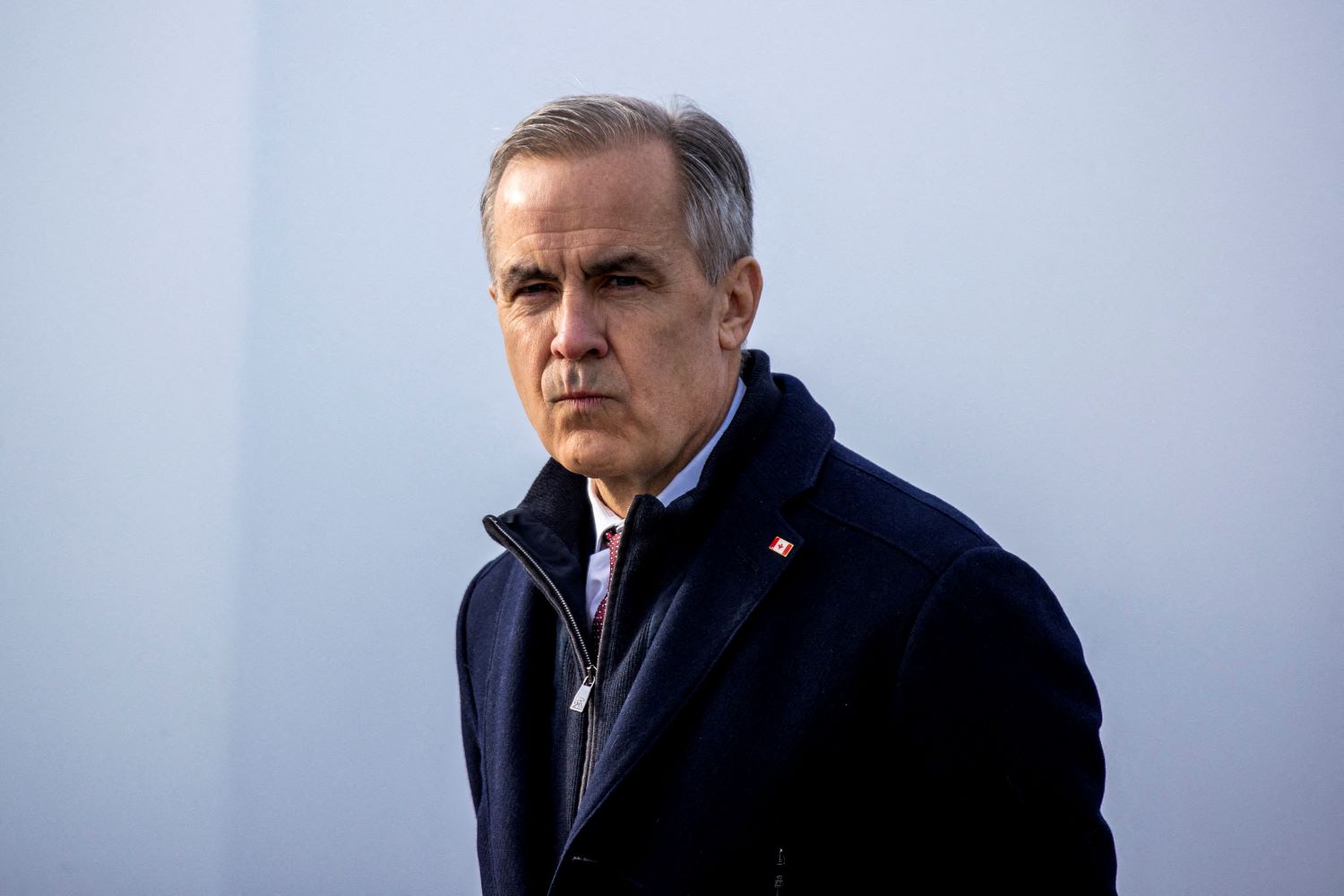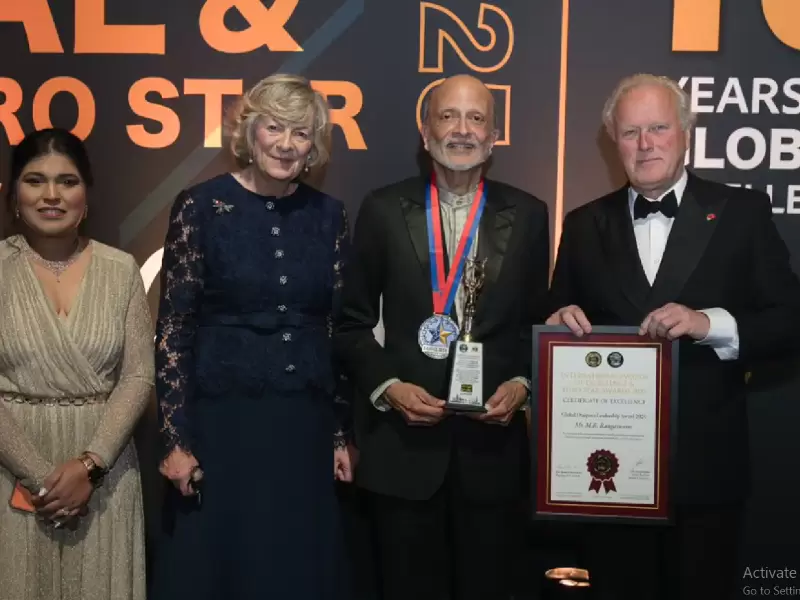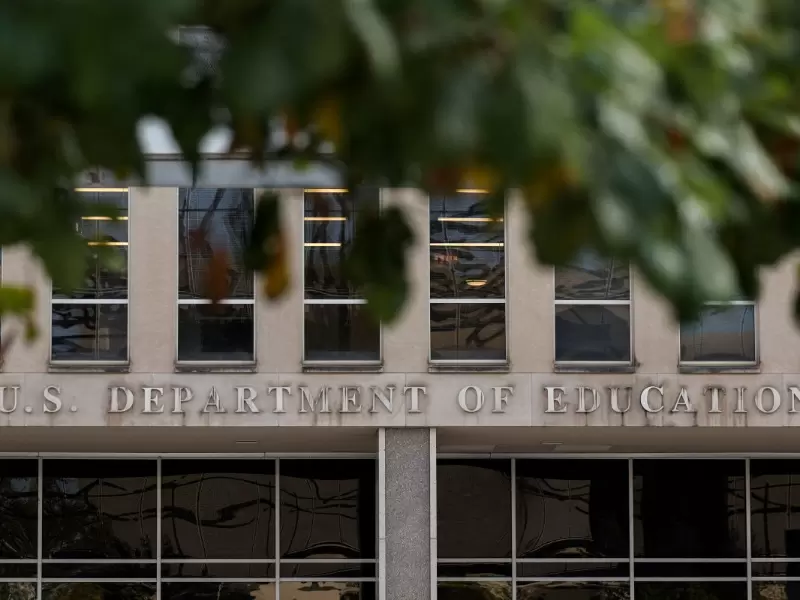Canada survives Budget vote thanks to lone Green Party vote
It was the third time that the Liberals got a ”yes” vote from the House since the presentation of the budget on Nov. 5.
 Former Bank of Canada and Bank of England governor, and current Liberal Party leadership candidate, Mark Carney. / REUTERS/Carlos Osorio//File Photo
Former Bank of Canada and Bank of England governor, and current Liberal Party leadership candidate, Mark Carney. / REUTERS/Carlos Osorio//File Photo
Mark Carney’s minority Liberal government survived a scare after Green Party Leader Elizabeth May’s critical “yes vote” for its first budget gave the government a breather with a close 170-168 victory in the House of Commons. It was more of a reprieve for Canadians who did not want to go back to the polls for the second time in seven months.
It was the third time that the Liberals got a ”yes” vote from the House since the presentation of the budget on November 5. Earlier, Conservatives and Bloc Québécois had pressed for no-confidence motions that Mark Carney and his government managed to survive.
Incidentally, Canada has not had a majority government for a while. Though the Liberals have been running minority governments with the support of Opposition parties, they have had to succumb to the Opposition's pressure tactics. The Jagmeet-led NDP had an agreement to support the last Liberal government led by Justin Trudeau in return for certain promises, including free dental care for the elderly and children, as well as those on low incomes.
Carney was elected in the spring on a campaign to end U.S. President Donald Trump’s tariff war, but only secured a minority government mandate, leaving the Liberals scrambling to secure support for the budget for weeks.
Several opposition MPs did not vote, allowing the motion to pass in the House of Commons on Monday evening.
The Liberals presented their budget as a plan to spend less and invest more amid U.S. tariffs. While the Conservatives wanted the Liberals to minimise the deficit and keep it around Can $47 billion, it actually touched Can $90 billion.
After accounting for Ottawa’s cost-savings goals, the budget proposes nearly $90 billion in new spending over five years, much of it focused on capital investment.
Following the question period on Nov. 17 and before the vote, Green Party Leader Elizabeth May told reporters she will support Carney’s fiscal plan after the prime minister pledged his commitment to the Paris Agreement climate goals in the House of Commons.
A series of dramatic turns followed the budget presentation, when Nova Scotia MP Chris d’Entremont, representing the main opposition party, the Conservatives, crossed the floor to join the Liberals' caucus.
“This budget puts us on the path for real results for climate, for nature, for reconciliation. I can confirm to this House that we will respect our Paris commitments for climate change, and we’re determined to achieve them,” PM Mark Carney said.
ADVERTISEMENT
ADVERTISEMENT
E Paper
Video



 Prabhjot Paul Singh
Prabhjot Paul Singh











Comments
Start the conversation
Become a member of New India Abroad to start commenting.
Sign Up Now
Already have an account? Login